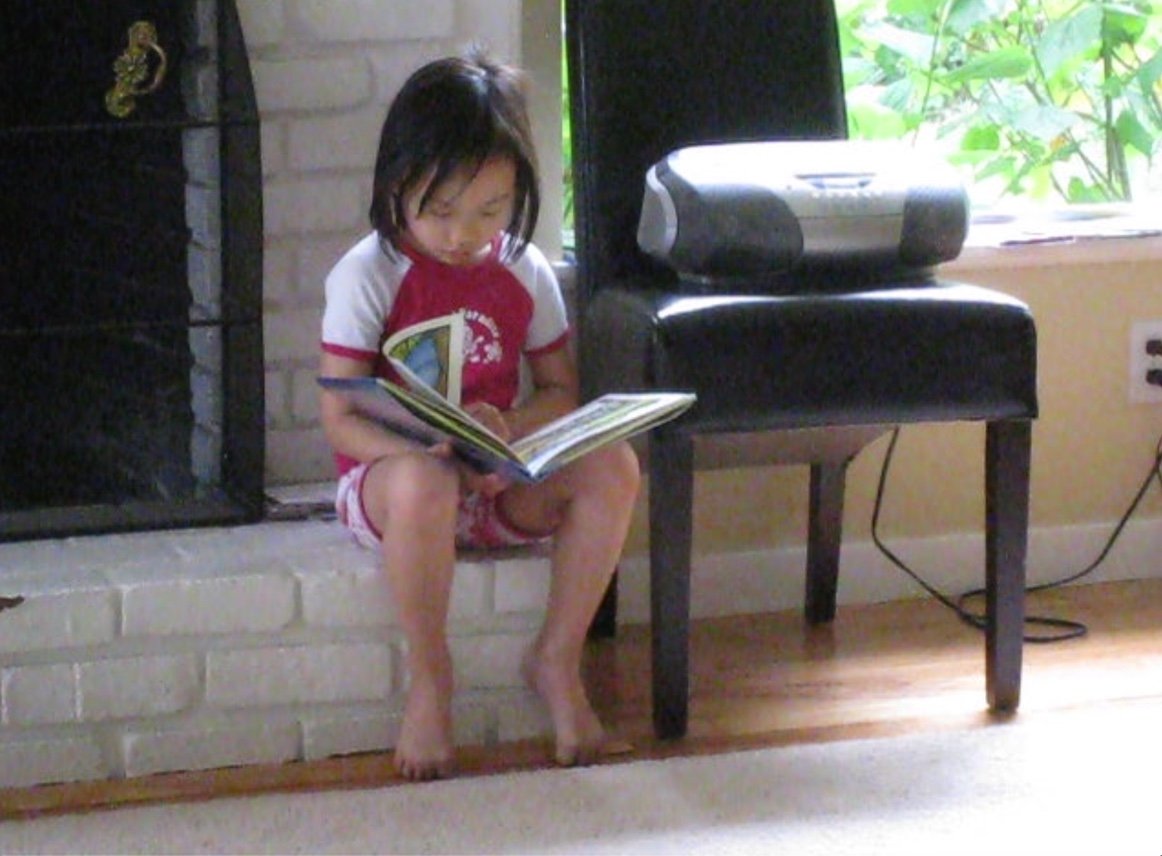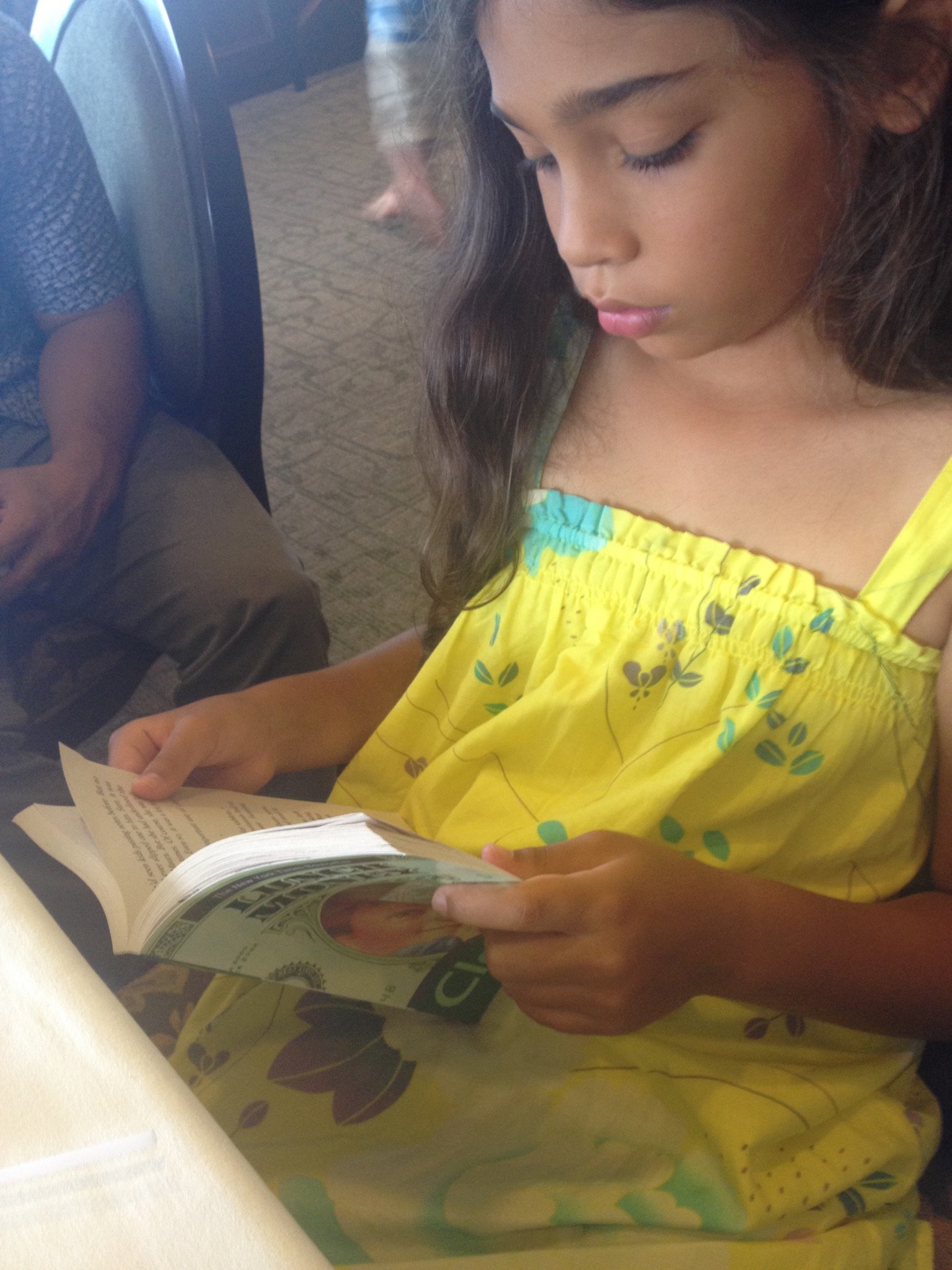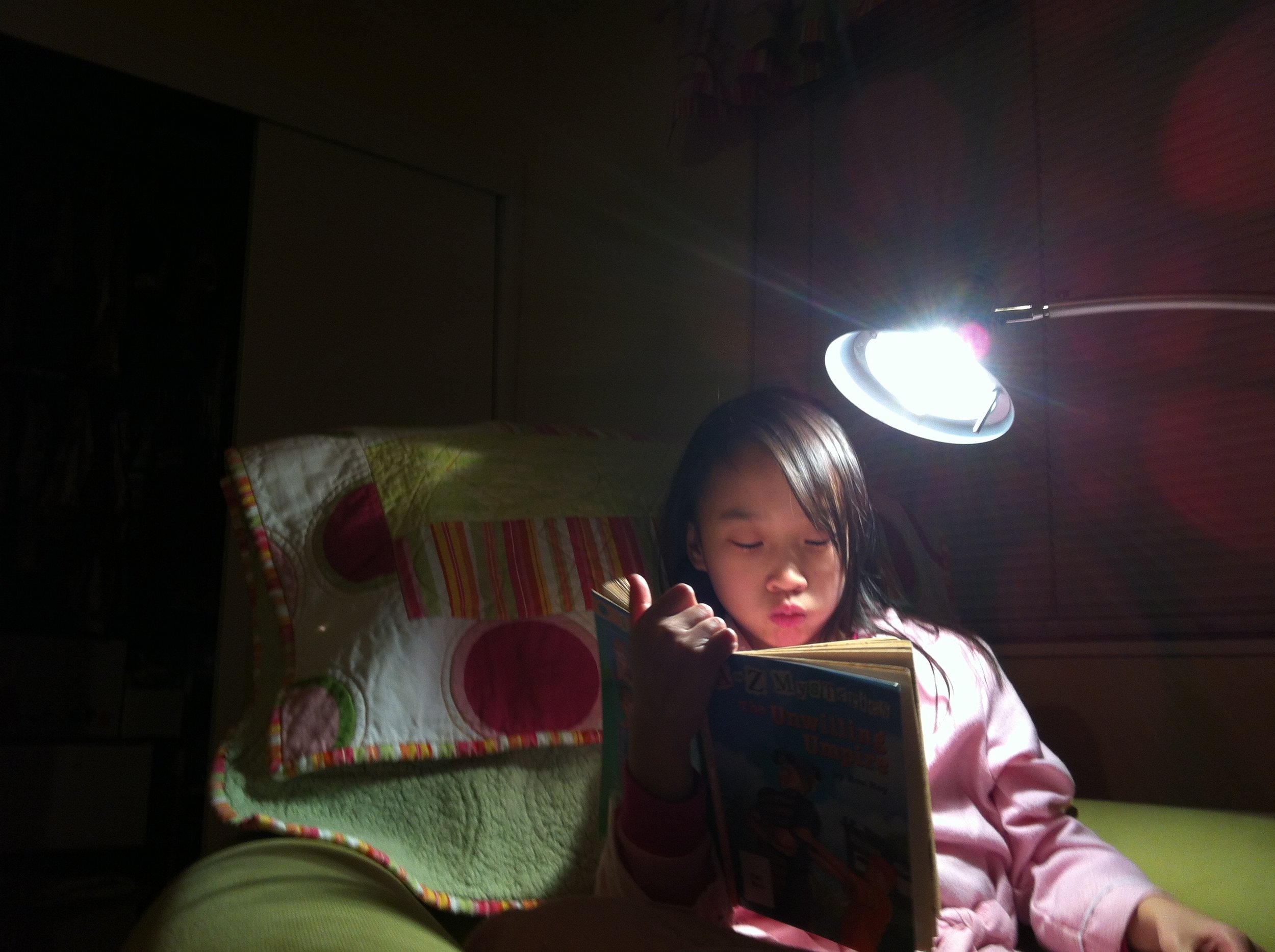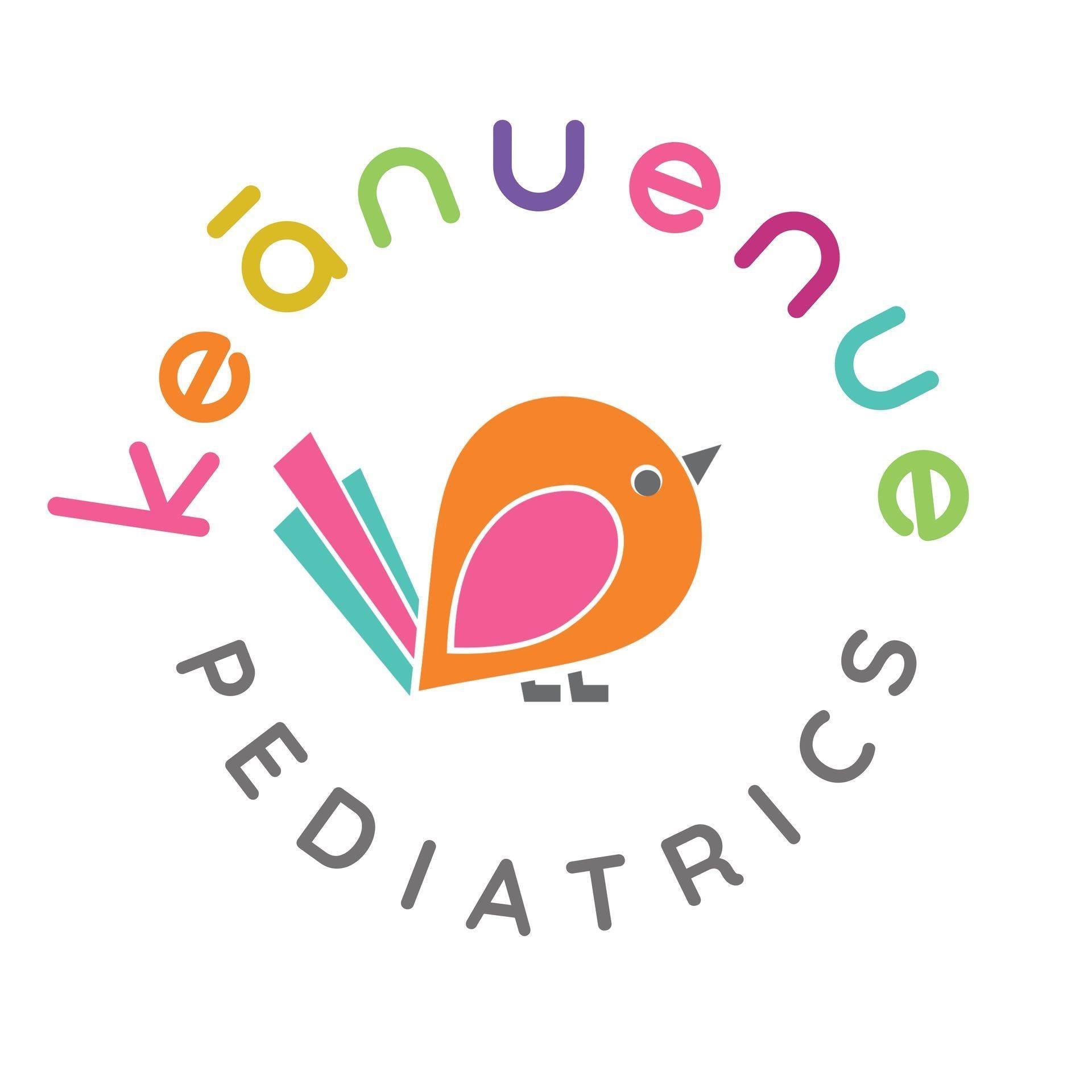
Operation Bound to Read
The Why:
Students (and people in general) are, by nature, drawn to stories that they can relate to—and are more likely to continue wanting to read if they connect to the stories they read. In addition to sparking interest in reading (and thus, encouraging literacy), good representation supports figuring out one’s own identity. These stories help us find our place while also teaching us how to be good people and how to view the world. It’s why we see the world the way we do. Reading allows us to explore the human experience, and without representation, it’s easy for the reader to feel disconnected.
Conversely, diverse stories can help people empathize more with those who are different from them. They can be transported into a world so different from their own, and yet feel so connected to a character’s struggles and successes right next to them. Stories help them to imagine the complexities of the lives they aren’t living, and can help them relate to the lives of others. When we don’t have diverse stories, it is harder to imagine those complexities, which contributes to the essentializing of the “other.”
When we don’t know something about a certain group of people, we fall back on assumptions and stereotypes due to lack of representation—or worse, misrepresentation. One thing I’ve noticed over the course of the pandemic is a general lack of empathy and understanding for Asian-Americans. In the past year, a study showed that while anti-Asian hate crimes increased 339% in 2021 compared to 2020, more than 30% of Americans are unaware of this increase or believe that hate crimes have decreased. Additionally, Americans are more likely to say that Asian-Americans are at least partly responsible for COVID-19 (21% in 2022 vs. 11% in 2021), and are more likely to believe Asian-Americans are more loyal to their country of origin than to the United States (33% in 2022 vs. 20% in 2021). (source)
In 2018, a US study showed that out of children’s books that were published, more featured animals as main characters than those featuring all people of color (POC) combined (27% vs 23%). This may sound like not that big of an issue, especially since the data is four years old and since then, we’ve seen the most significant shifts and focus on equality and racial justice in more than a generation. However, thanks to a more recent study of books in 2021, we know that the percentage of POC children’s books has only risen 1% in that time. This is not good enough.
Our goal with this project was to raise money to donate books to local pediatric clinics in Hawaii to distribute the books to children ages 2 months to 5 years old. Each book donated went home with a child, to encourage them to continue their journey towards literacy in seeing themselves represented.
This project was concluded in the summer of 2023, with over 300 books and more than $2,500 donated. You can continue this project’s mission and learn more about how reading aloud helps all children with literacy through Reach Out and Read. If you want to learn more about diverse children’s books, check out We Need Diverse Books.
If you’d like to purchase local children’s books yourself, check out the books published by our partners, Bess Press and BeachHouse Publishing!
300+ books!
Thanks to all of our donors, we have been able to donate 300+ children’s books to Kōkua Kalihi Valley Clinic and Keānuenue Pediatrics!




Examples of books donated:
-
Too Many Mangos
Based on the author's childhood experiences, Too Many Mangos is the story of two young Hawaiians, Kama and Nani, who help their grandpa pick mangos from the giant mango tree. They pick large, small, ripe, half-ripe, and even green mangos. But this time, they've picked too many, so it's time to load up the wagon and share the tasty treats with friends and family. Along the way, they show young readers the many ways to enjoy the treasured island fruit, and introduce their friendly neighbors around the block. Tammy Paikai's thoughtful text and Don Robinson's vibrant illustrations capture the joys of island living while teaching a valuable lesson about friendship and community.

-
Hina
Part of a new series called Hawaiian Legends for Little Ones, Hina introduces kids ages 0-4 to one of Hawaii's best-known dieties, the goddess of the moon. In simple, poetic language, this origin story gives small kids a taste of Hawaii's rich history of storytelling. Three other titles in the series are: Naupaka, Pele Finds a Home, and Maui Hooks the Islands--all legends that will give kids a wider view of Hawaiian culture, history, and its natural world.

-
The Bravest 'Opihi: How Two of Hawai’i’s Smallest Sea Creatures Saved the Day
Nani and her brother, Ikaika, go swimming at a beach shaped like the smile of the moon. Ignoring their mother's warning, they soon swim out much too far. Beneath the waves lies a giant eel who, before the children can stop him, grabs Ikaika by the leg and drags him to his underwater cave. Frantic, Nani turns to the sea creatures for help. One by one, each animal refuses her teary plea until, surprisingly, the smallest of them all meets the challenge and comes to the rescue proving that even the tiniest creatures can be the bravest.

Partners:
-
Keānuenue Pediatrics

-
Kōkua Kalihi Valley

-
BeachHouse Publishing

-
Bess Press

Contact us…
…to recommend children’s books or find out more about how you can help!
read@boundlessvoiceshi.org



